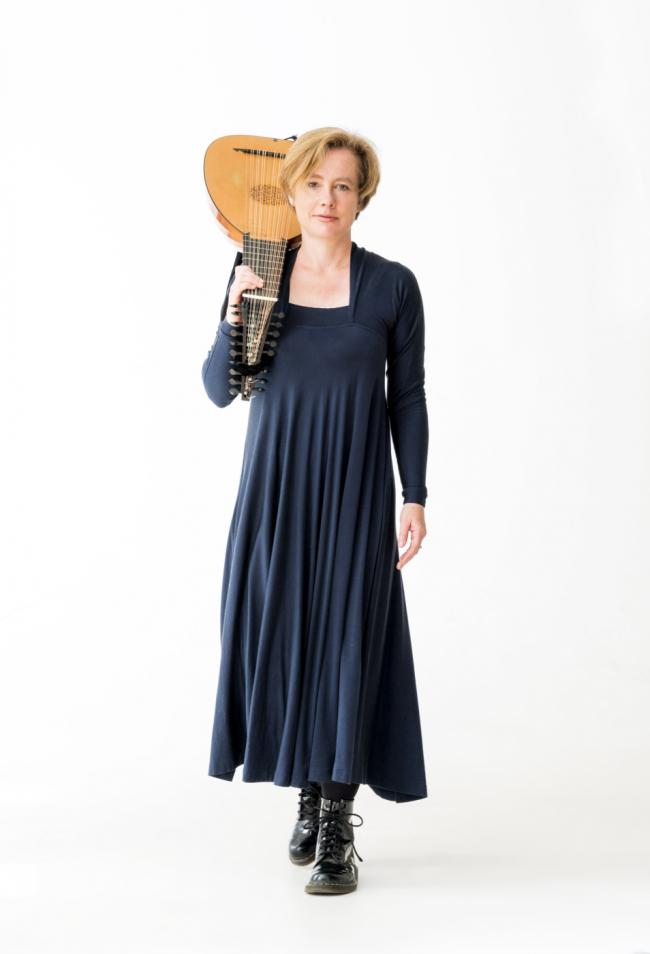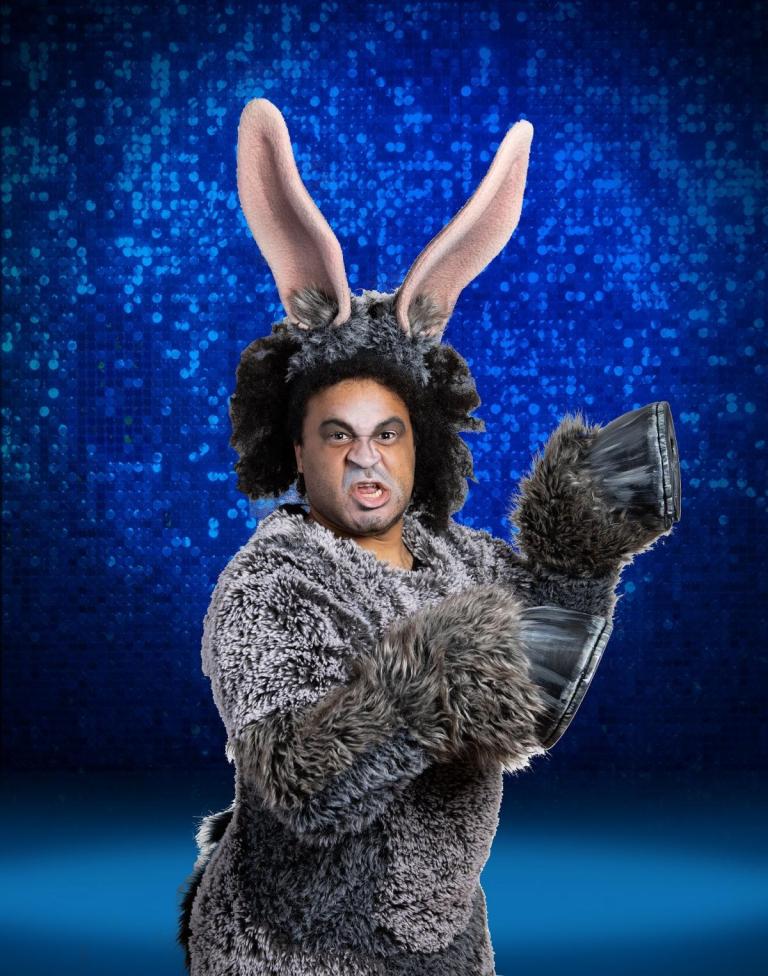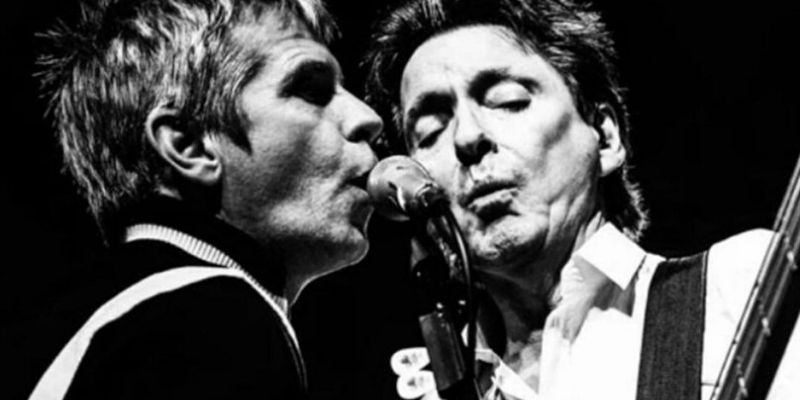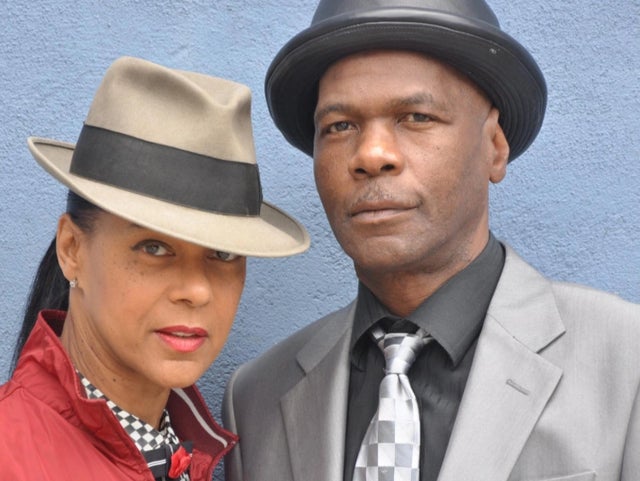
TONIGHT should have been the press night for Emeritus director Alan Ayckbourn’s revival of his 1976 garage-and-garden dark comedy, Just Between Ourselves, at Scarborough’s Stephen Joseph Theatre.
However, as with the no-longer upcoming world premiere of his 83rd play, Truth Will Out, the summer production of this rarely staged Seventies’ gem has been scuppered by the Coronavirus crisis that has led to the SJT being closed.
Instead, why not head to @ArchivingAlanA for Simon Murgatroyd’s exclusive new interview with the Scarborough playwright, who discusses his classic play and his thoughts on it now. Find it at archivingayckbourn.home.blog/?p=1100@Ayckbourn.
In “the one with the car”, set on four birthdays, Dennis thinks he is a master at DIY and a perfect husband but in reality he is neither. When he decides to sell his car, Neil turns up as a potential buyer, wanting it for his wife Pam’s birthday.

In Ayckbourn’s dissection of man’s inhumanity to woman, as two couples become unlikely friends, aided and abetted by Dennis’s meddling live-in mother, Marjorie, a collision course becomes inevitable.
Sheridan Morley said of the 1977 West End premiere: “I had the feeling I’d seen Uncle Vanya rewritten by and for the Marx Brothers.” Bernard Levin’s verdict in The Sunday Times proclaimed: “Ayckbourn has gained an immense reputation with a series of plays in which puppets dance most divertingly on their strings. Here he has cut the strings and then stuck the knife into the puppets.”
How frustrating there will be no SJT revival this summer, but make sure you do listen to Ayckbourn’s 84th premiere, his audio play for lockdown, Anno Domino, starring Ayckbourn himself and his wife Heather Stoney,
In one of his lighter pieces, charting the break-up of a long-established marriage and its domino effect on family and friends, Ayckbourn, 81, and Stoney play four characters each, aged 18 to mid-70s. “We were just mucking about in our sitting room,” says Ayckbourn of a world premiere available for free exclusively on the SJT’s website, sjt.uk.com, until noon on June 25.


















